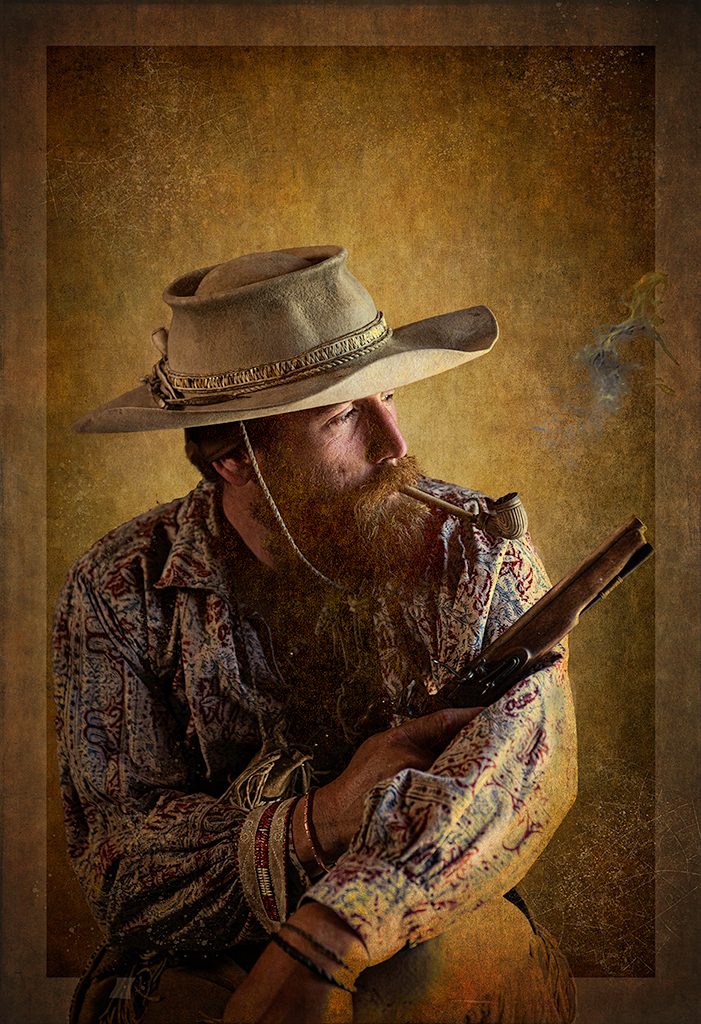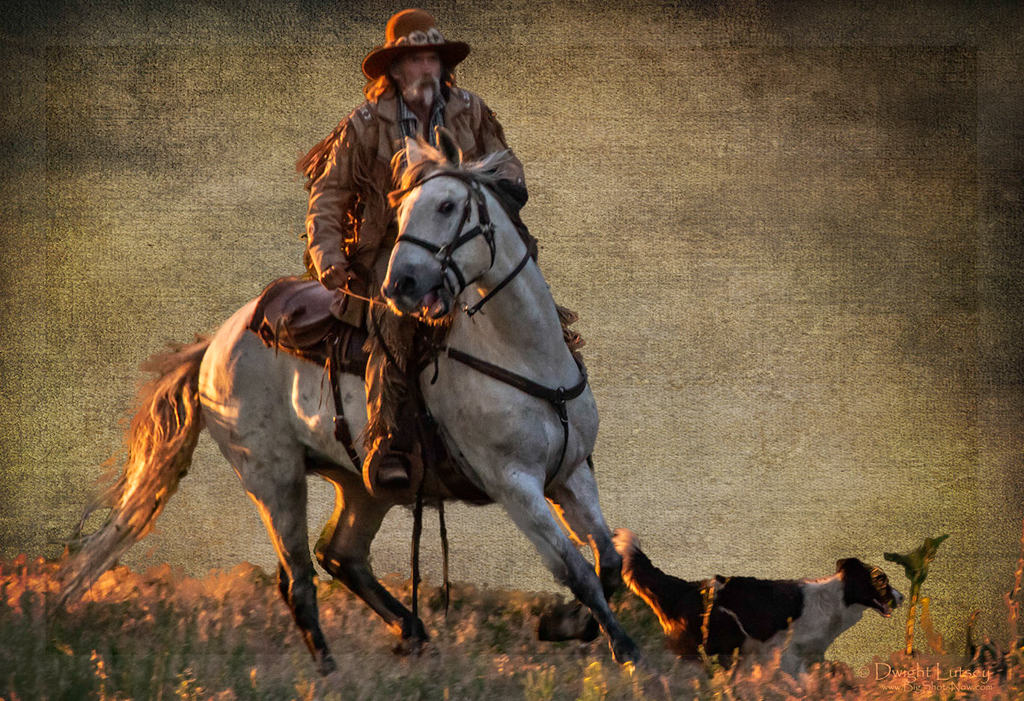
At Fort Umcompahgre things were usually pretty quiet as far as attacks by hostiles of any type. Yet every once in awhile somebody would get a bee up their butt and decide to steal a horse or maybe catch one of the young women working in the gardens or going down to the river for water, hoping for a new wife. And every once in awhile things got a little serious and everybody had to pay attention.
War parties passing through usually didn’t bother attacking the fort what with all the sharpshooters keeping a squinty eye and taut trigger finger on those long reaching Sharps rifles. However those inside felt that a close watch was good insurance in keeping their hair so they set watches and kept an eagle eye on the surroundings.
Keeping vigilant on a long watch was difficult. Boredom and the heat was an easy way to suddenly find yourself with your chin on your chest, eyes tight shut. So no whiskey, no resting for even a moment, just keep your eyes open and moving, watch every shadow and flicker of movement in the brush. Keeping a bowl full of your best tobacca going helped keep you from nodding off until your relief came and spelled you.
Life went on at Fort Uncompahgre under the close attention of the watch keepers and things were kept on an open keel. Standing watch was just part of the usual activities of fort life.


You must be logged in to post a comment.